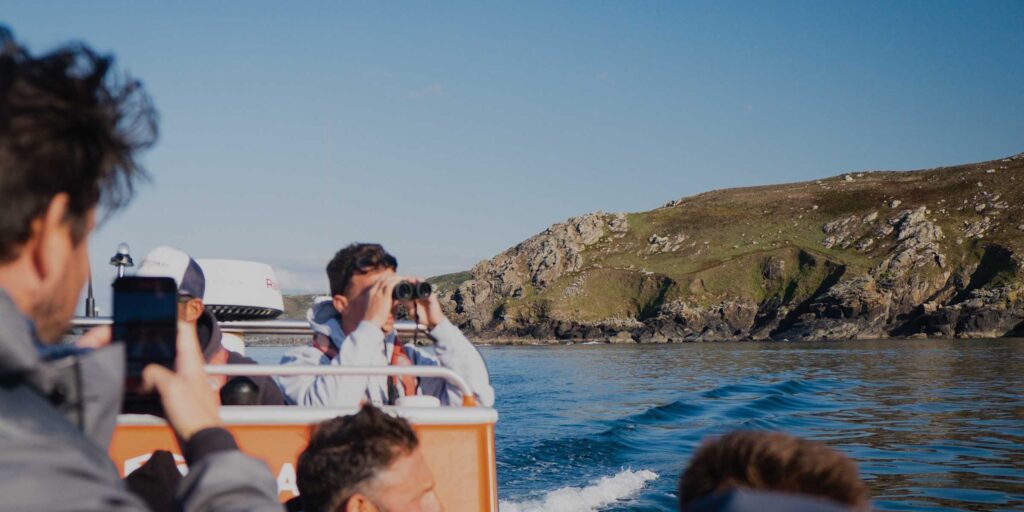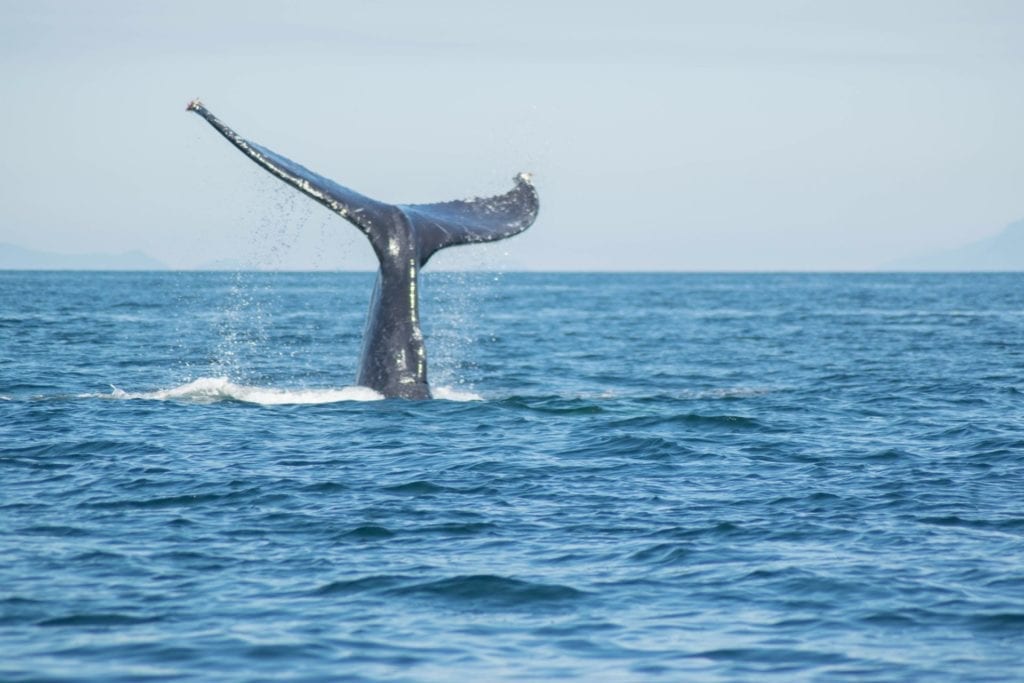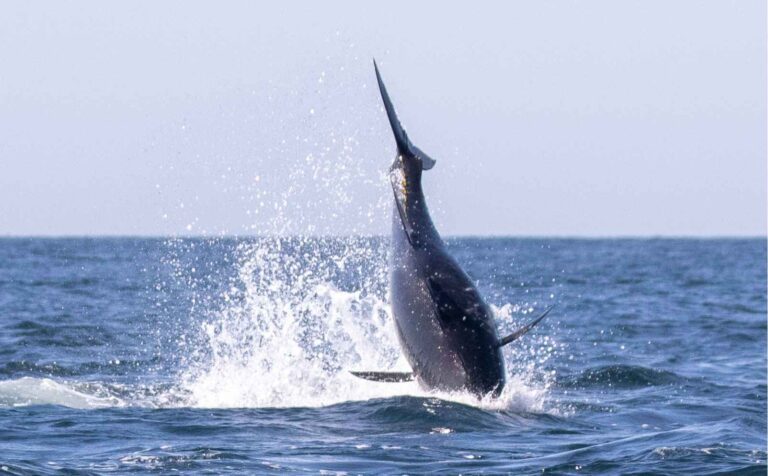They are perhaps one of the most underrated performers to have come out of the musical revolution of the swinging sixties. Though they had been singing their songs for thousands of years, it wasn’t until 1970 that people started to listen.
Songs of the Humpback Whale was released in 1970 by Roger Payne and sold over 100,000 records. It became one of the bestselling environmental albums in the world and helped ignite a global movement calling for the end of commercial whaling.
Humpback whales are an iconic species of whale, with their infamous songs, acrobatic leaps, and their enormous pectoral fins that make them look as though they’re flying through the oceans.
As well as having their own whale culture, their own songs and complex communication abilities, these whales make huge migrations every year, sometimes up to 5,000 miles. They travel from rich feeding grounds in polar regions down to warm tropical waters to have their calves.

Until recently, sightings around Cornwall were extremely rare and infrequent, but since 2019 there have been more than 75 sightings recorded by the Cornwall Wildlife Trust.
There are a few suggestions as to why Cornwall is seeing more humpbacks. It’s thought that Humpbacks may be one of the first whale species to be showing signs of recovery since the international moratorium on whaling in 1986. However, it must be noted that, whilst most nations closed their whaling industries, some countries such as; Noway, Japan and Iceland, continue to hunt whales today.
Another major factor is climate change. Minute changes in ocean temperatures make a big difference to the sensitive small creatures that form the base of marine food chains – plankton, krill and small schooling fish. If the whales’ food distribution changes, then so will the humpbacks themselves. It’s possible that humpbacks are hanging around Cornwall more, because there is more food available to them around our coastline.
The best time to see humpbacks in Cornwall is in the winter, but if you don’t fancy braving the cold Cornish winters then you’ll be happy to know that we get whales in the summer too! During the summer and autumn months, we are lucky enough to have Fin whales (the second largest whale in the world) and Minke whales visiting our coastline.
Of course, one of the best ways to see whales is out on the sea, so why not book a trip with us and try your chances at spotting a whale!
Written by Zak Maynard.





